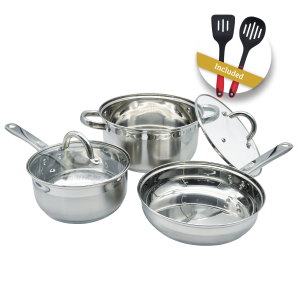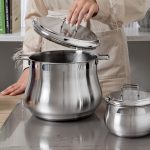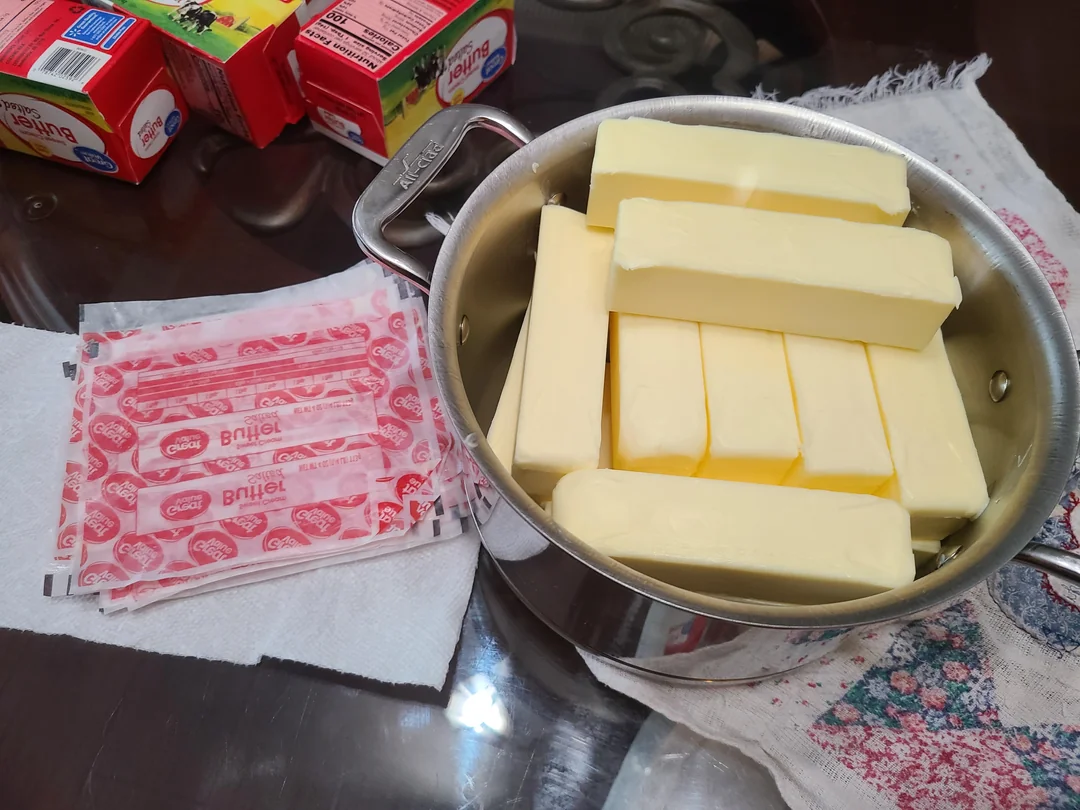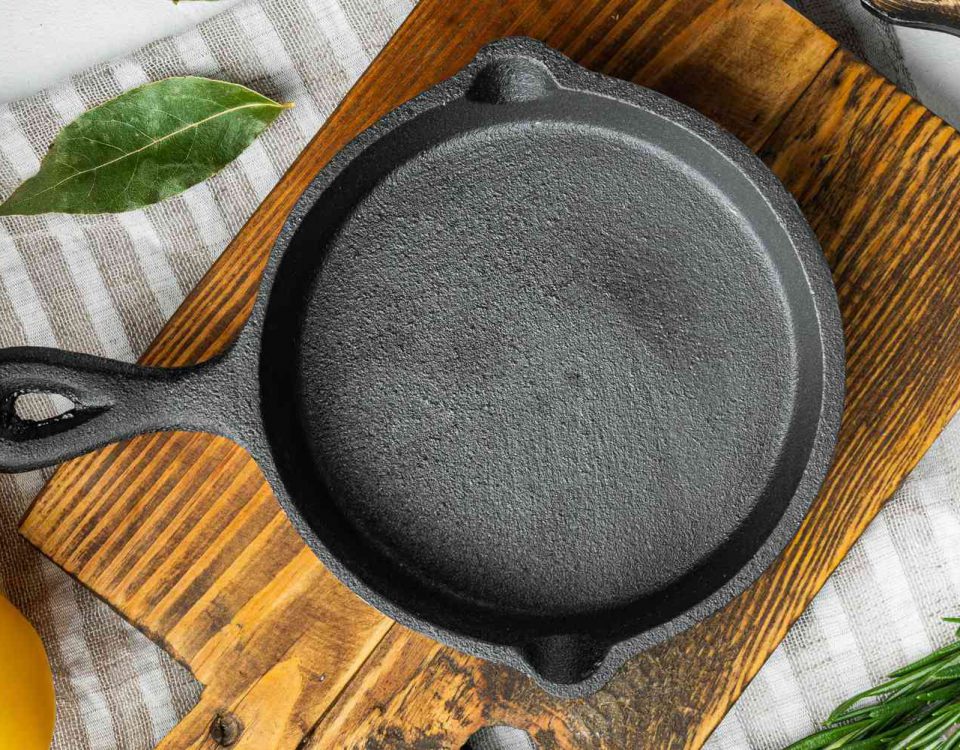Proper Methods for Storing Butter
Butter, a staple in many kitchens, can be a tricky ingredient to store correctly. It is essential to ensure that butter remains fresh and retains its quality, flavor, and texture. Here’s an in-depth guide on the proper methods for storing butter.
Understanding Butter
Before diving into storage techniques, let’s first understand what butter is. Butter is a dairy product made from churning cream. It consists of butterfat, water, and milk proteins. Due to its high-fat content, butter is susceptible to oxidation and spoilage.
Types of Butter
The method of storage can vary slightly depending on the type of butter:
- Unsalted Butter: This type of butter is more delicate and can spoil faster due to the absence of salt, a natural preservative.
- Salted Butter: It has a longer shelf life due to the presence of salt.
- Compound Butter: Butter mixed with herbs, garlic, or other flavorings, which may influence storage methods.
- Clarified Butter (Ghee): Butter that has been heated to remove water and milk solids, making it more shelf-stable.
Room Temperature Storage
Butter can be stored at room temperature, but this method comes with a caveat. Room temperature storage is suitable for butter that will be used within a week. Here’s how to safely store butter at room temperature:
- Use a Butter Dish: A covered butter dish will protect the butter from light, air, and contaminants.
- Keep Away from Heat: Store the butter dish in a cool, dark place, away from direct sunlight and heat sources.
- Small Quantities: Only leave out the amount of butter you plan to use within a week. The rest should be refrigerated.
Refrigeration
Refrigeration is the most common method for storing butter to ensure it remains fresh for a more extended period.
- Original Packaging: Store packaged butter in its original wrap to protect it from air and moisture. Place it inside an airtight container or a resealable plastic bag to further guard against odors and tastes from other foods.
- Butter Compartment: Utilize the butter compartment in your refrigerator door. This compartment is designed to maintain butter at an appropriate temperature.
- Temperature: Keep the refrigerator set to a temperature of 35-40°F (1.5-4°C).
Freezing Butter
For long-term storage, freezing butter is an excellent option. Butter can be frozen for up to a year without losing its quality.
- Portioning: Divide butter into manageable portions before freezing, such as stick-sized or tablespoon-sized pieces.
- Wrapping: Wrap each portion tightly in plastic wrap or aluminum foil, followed by placing them in a resealable freezer bag. This double-layer protection helps prevent freezer burn.
- Labeling: Label each package with the date to keep track of how long it has been stored.
- Thawing: To use frozen butter, thaw it in the refrigerator overnight. This slow thawing process helps retain its texture and flavor.
Storing Clarified Butter (Ghee)
Clarified butter or ghee has a longer shelf life due to the removal of water and milk solids.
- Room Temperature Storage: Ghee can be stored at room temperature in an airtight container for up to three months. Keep it in a dark, cool place, away from direct sunlight.
- Refrigeration: To extend the shelf life, store ghee in the refrigerator. It can last up to a year.
- Freezing: Ghee can also be frozen for even longer storage.
Special Considerations
When storing compound butter (flavored butter with herbs, garlic, etc.):
- Refrigeration: Store compound butter in an airtight container in the refrigerator for up to two weeks.
- Freezing: Like regular butter, compound butter can also be frozen for up to six months. Ensure they are portioned and wrapped properly.
Signs of Spoiled Butter
It’s crucial to recognize when butter has gone bad:
- Off Smell: Fresh butter has a clean, creamy smell. If you detect a sour or rancid odor, it’s time to discard it.
- Strange Taste: Spoiled butter will have an off taste that is noticeably different from its usual creamy flavor.
- Discoloration: If the butter turns darker or develops spots of mold, it’s no longer safe to consume.
Best Practices
Here are some best practices to keep in mind while storing butter:
- Minimal Handling: Touch butter with clean utensils to avoid the transfer of bacteria.
- Light Exposure: Butter should be kept away from light as it can lead to oxidation and spoilage.
- Odor Absorption: Butter is susceptible to absorbing odors from other foods. Ensure it is always wrapped and stored properly.
Conclusion
Storing butter correctly ensures its quality, flavor, and longevity are preserved. Whether kept at room temperature, refrigerated, or frozen, following the appropriate guidelines will help you enjoy the best of this creamy delight. Always be mindful of the type of butter and its intended use to choose the best storage method. Happy cooking!







